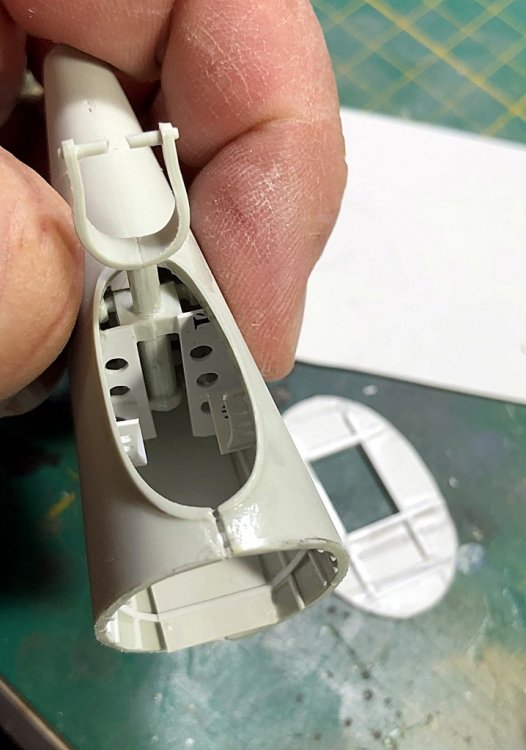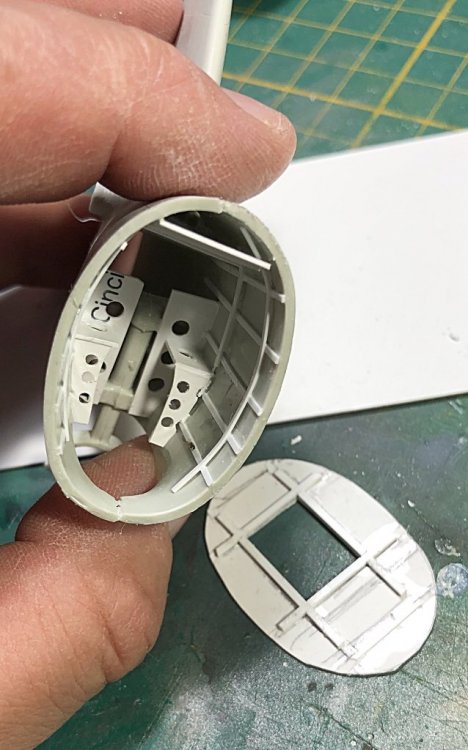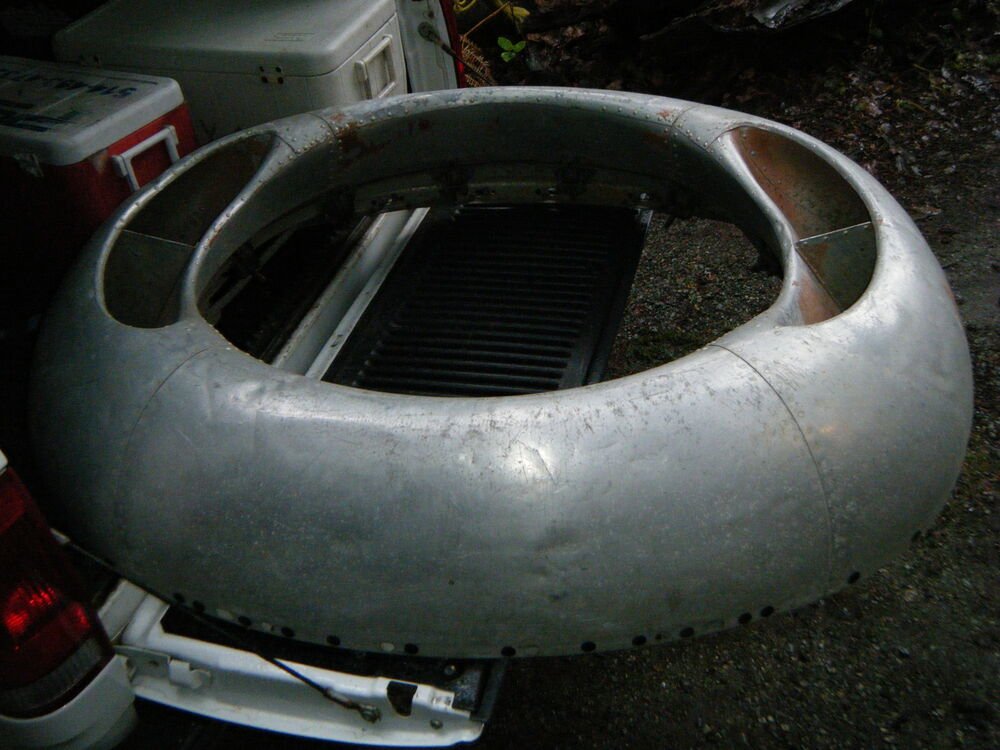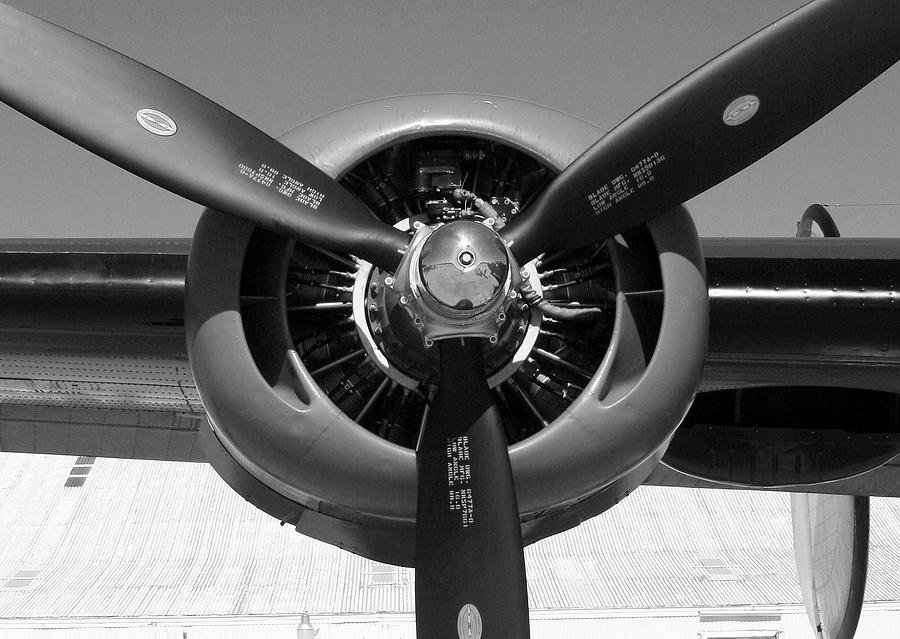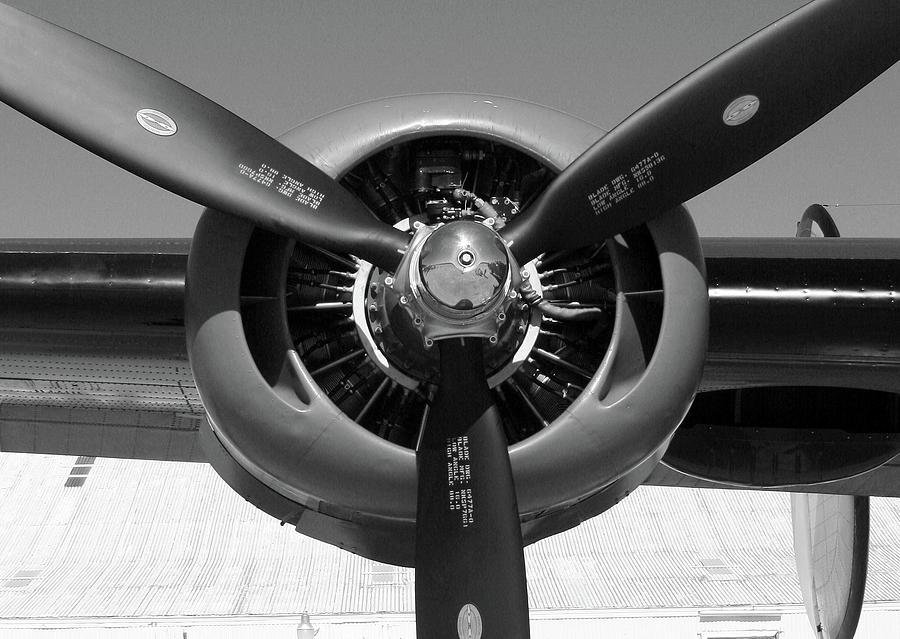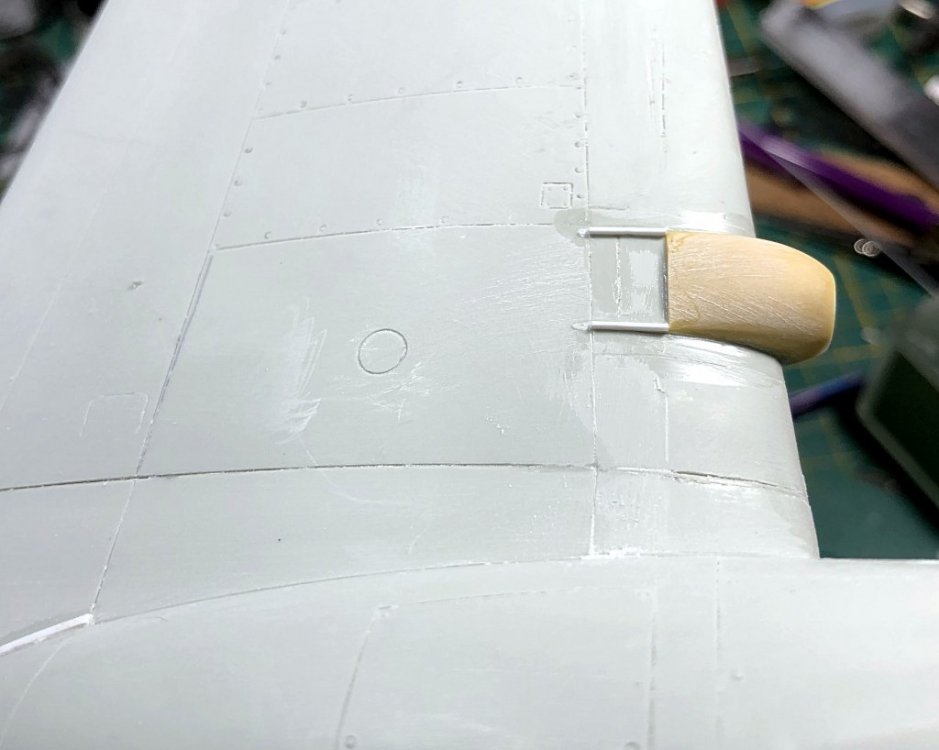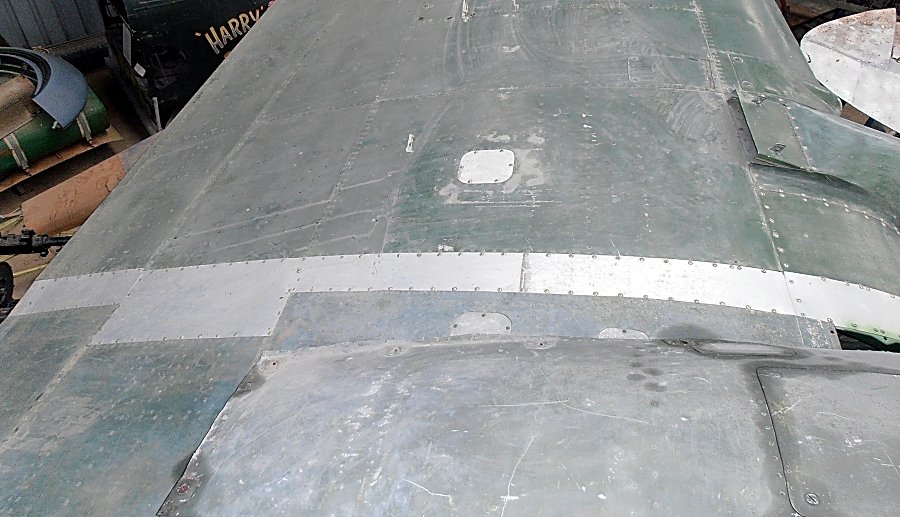-
Posts
11,000 -
Joined
-
Last visited
Content Type
Profiles
Forums
Events
Gallery
Everything posted by Martinnfb
-

What is on your bench right now ? Share a picture :)
Martinnfb replied to Martinnfb's topic in Modelling Discussion
in 1/72nd scale -

What is on your bench right now ? Share a picture :)
Martinnfb replied to Martinnfb's topic in Modelling Discussion
OK, I have realized that I have been neglecting my own topic for a while . You guys are awesome and it is fun to see all the work, that would not be exposed for different reasons. So the next prize is TAMIYA MOSQUITO !!! -
I am glad to help, here is one shop from Edmonton. https://www.autoobsessed.com
- 2,032 replies
-
- car related stuff
- anything about cars
-
(and 6 more)
Tagged with:
-

Lublin R-XIIID 1/32 Lukgraph
Martinnfb replied to artro219's topic in LSM 1/32 and Larger Aircraft Ready for Inspection
Stunning build of an unusual subject. Bravo! Cheers Martin -

Renault Char B1 - French heavy Hitter
Martinnfb replied to DocRob's topic in LSM 1/35 and Larger Work In Progress
They also misspelled coffee on that house Looking great Rob -
-
Looking pretty sleek
-
Here is what was recommended to me to wax with https://www.carzilla.ca/chemicalguys-canada/chemical-guys-5050-limited-series-paste-wax-8oz
- 2,032 replies
-
- 2
-

-
- car related stuff
- anything about cars
-
(and 6 more)
Tagged with:
-

What is on your bench right now ? Share a picture :)
Martinnfb replied to Martinnfb's topic in Modelling Discussion
That is oasis of happiness Tony, unlike my dungeon of doom, thanks for sharing. -
The pony cap for GT wheels is slightly smaller and rattles in GT350 rims. That's why I picked up these.
- 2,032 replies
-
- 2
-

-
- car related stuff
- anything about cars
-
(and 6 more)
Tagged with:
-
http://www.hydrodip.com/shop/water_transfer_printing_film_for_sale/wood_grain_patterns/?ProductID=9509
- 2,032 replies
-
- 2
-

-
- car related stuff
- anything about cars
-
(and 6 more)
Tagged with:
-
Where is the will there is the way, I can dip them LOL
- 2,032 replies
-
- 2
-

-
- car related stuff
- anything about cars
-
(and 6 more)
Tagged with:
-

Floyd Werner releasing 10 Red V-14 racer kits
Martinnfb replied to Clunkmeister's topic in Modelling Discussion
I respect that. -

HB Models B-24 Hints, Tweaks, Tips
Martinnfb replied to Clunkmeister's topic in Modelling Discussion
-

RR Spey powered RAF Phantom conversion
Martinnfb replied to Wingco57's topic in LSM 1/35 and Larger Work In Progress
Meticulous work, it seems so easy on the picture , I can only imagine how challenging is to line up all together. Get show Cees. Cheers Martin- 414 replies
-
- 5
-

-
- conversion
- phantom
-
(and 1 more)
Tagged with:
-

HB Models B-24 Hints, Tweaks, Tips
Martinnfb replied to Clunkmeister's topic in Modelling Discussion
Thank You Ron. Silly question I have to ask, but did trumpeter differentiate the shape of the cowling in relation top/bottom? Again I don't have the kit, just seems that they didn't . Not sure. -

Floyd Werner releasing 10 Red V-14 racer kits
Martinnfb replied to Clunkmeister's topic in Modelling Discussion
hank you for the heads up Ernie. I would love to see Floyd producing 209 V1. That would be nice. Regarding swastika, I believe the historical value is tremendous , especially on a "civilian" aeroplane. Propaganda is powerful weapon as we tend to forget easily . -

HB Models B-24 Hints, Tweaks, Tips
Martinnfb replied to Clunkmeister's topic in Modelling Discussion
I used a wrong example slapped together hastily . Sorry. If you look at the picture below, you can see the shape of the cowling is flattened on sides and top and bottom are slightly thicker. Unfortunately I don't have the kit to get correct an angle shot. That would be great solution Ron. -
Oven baked Jaternica sausage ,with souerkraut and freshly baked ray bred.........hmmmmm heaven
-

The Force is strong with this one...
Martinnfb replied to Bill_S's topic in LSM 1/35 and Larger Work In Progress
Reasonably sizeable piece of plastic . No way I would have the guts to tackle that. Need to find my knitting needles again Great show Bill !


